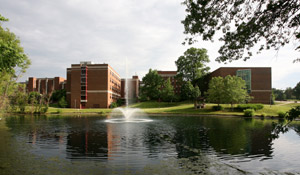Document Type
Article
Abstract
Many laboratory models used in aging research are inappropriate for understanding senescence in mammals, including humans, because of fundamental differences in life history, maintenance in artificial environments, and selection for early aging and high reproductive rate. Comparative studies of senescence in birds and mammals reveal a broad range in rates of aging among a variety of taxa with similar physiology and patterns of development. These comparisons suggest that senescence is a shared property of all vertebrates with determinate growth, that the rate of senescence has been modified by evolution in response to the potential life span allowed by extrinsic mortality factors, and that most variation among species in the rate of senescence is independent of commonly ascribed causes of aging, such as oxidative damage. Individuals of potentially long‐lived species, particularly birds, appear to maintain high condition to near the end of life. Because most individuals in natural populations of such species die of aging‐related causes, these populations likely harbor little genetic variation for mechanisms that could extend life further, or these mechanisms are very costly. This, and the apparent evolutionary conservatism in the rate of increase in mortality with age, suggests that variation in the rate of senescence reflects fundamental changes in organism structure, likely associated with the rate of development, rather than physiological or biochemical processes influenced by a few genes. Understanding these evolved differences between long‐lived and short‐lived organisms would seem to be an essential foundation for designing therapeutic interventions with respect to human aging and longevity.
Publication Date
January 2010
Publication Title
Aging Cell
Volume
9
Issue
2
First Page
273
Last Page
284
DOI
10.1111/j.1474-9726.2009.00542.x
Recommended Citation
Ricklefs, Robert, "Insights from Comparative Analyses of Aging in Birds and Mammals" (2010). Biology Department Faculty Works. 48.
DOI: https://doi.org/10.1111/j.1474-9726.2009.00542.x
Available at:
https://irl.umsl.edu/biology-faculty/48


